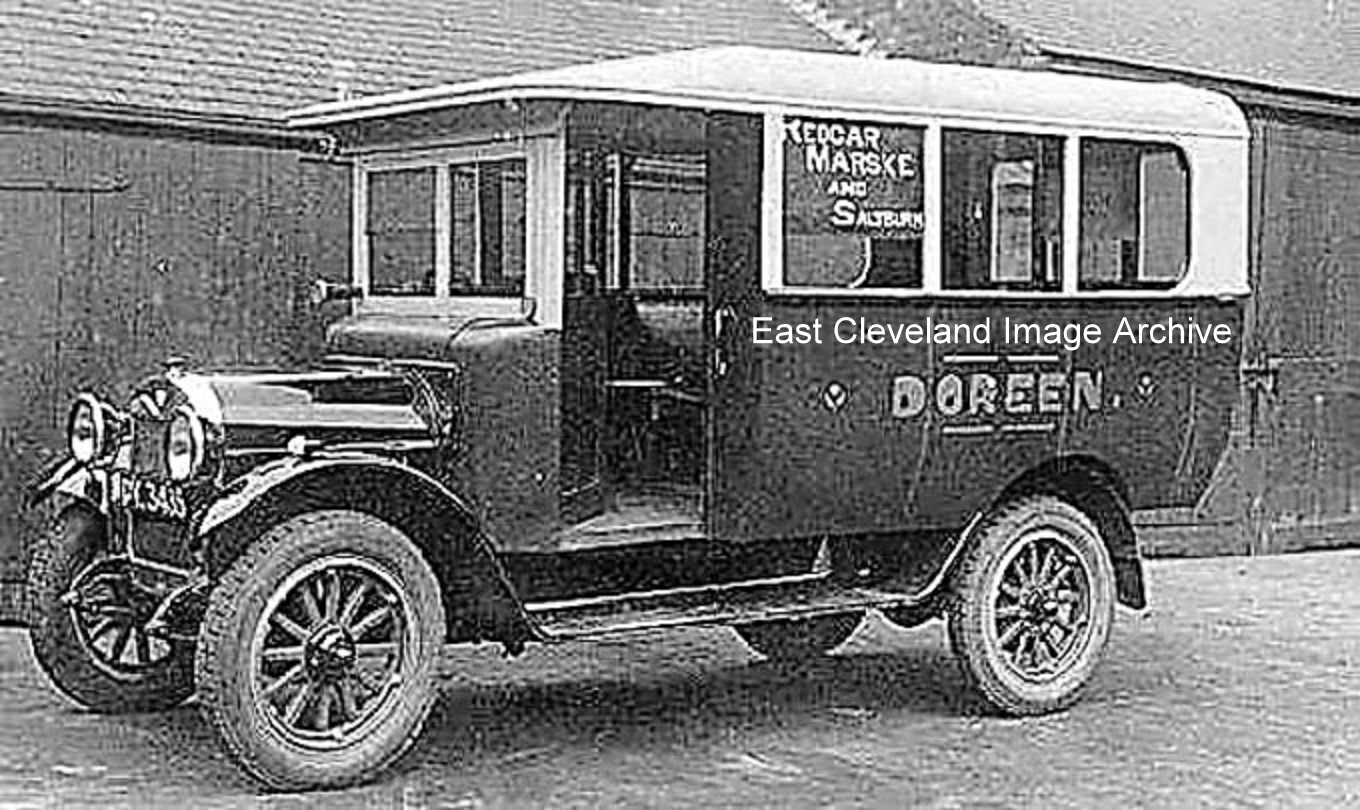
I don’t remember buses with names, it says Saltburn, Redcar and Marske on the side so I am presuming this was it’s route.
|
|
||
 I don’t remember buses with names, it says Saltburn, Redcar and Marske on the side so I am presuming this was it’s route. 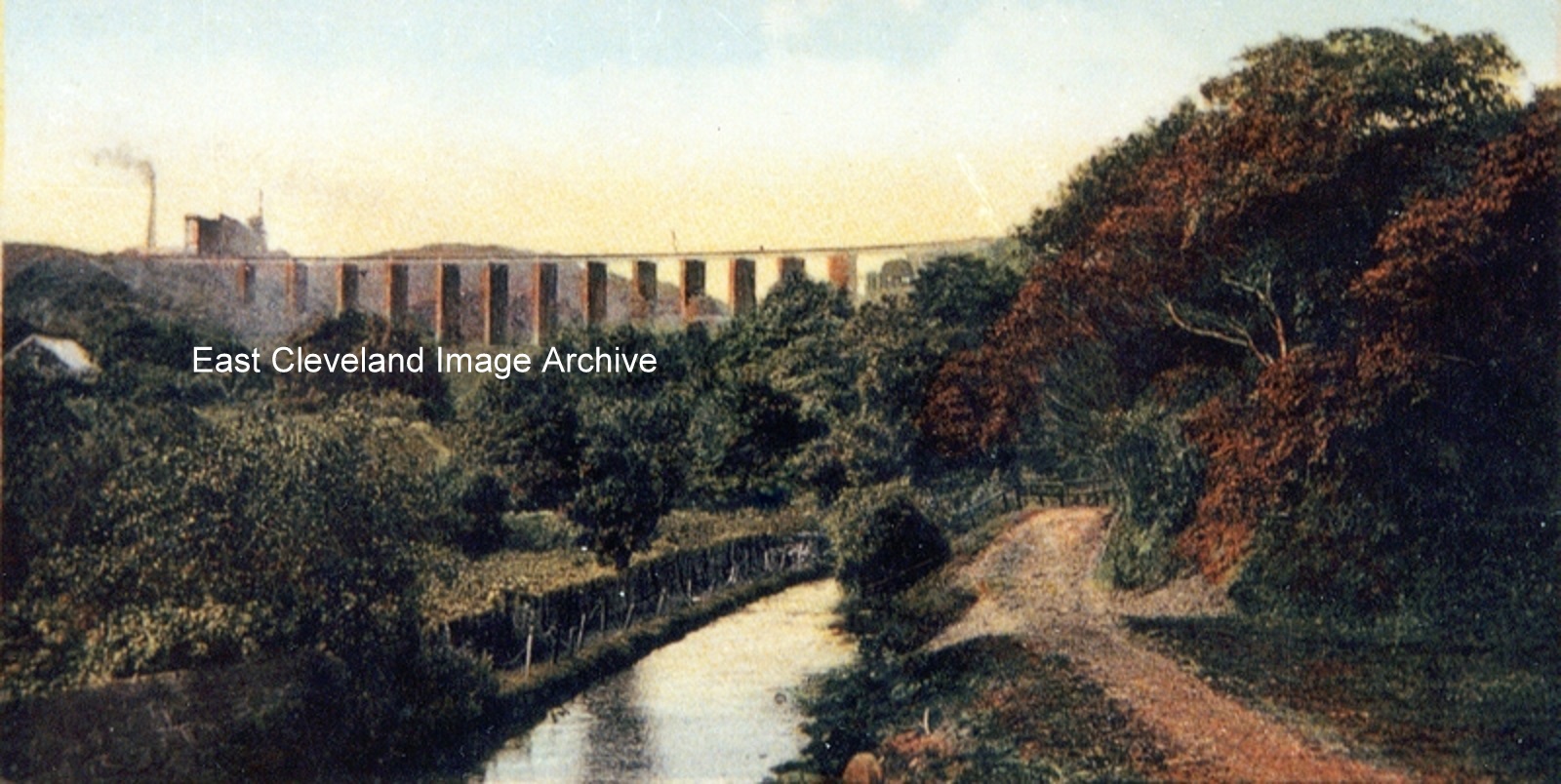 I had to look hard at this image (taken from a hand tinted postcard) as I thought it had been reversed I don’t remember a footpath at that side of the beck only Glover’s path on the left hand side. But I have been assured that there was a path on that side and of course you can see Liverton Mine in the background, telling it hasn’t been reversed. 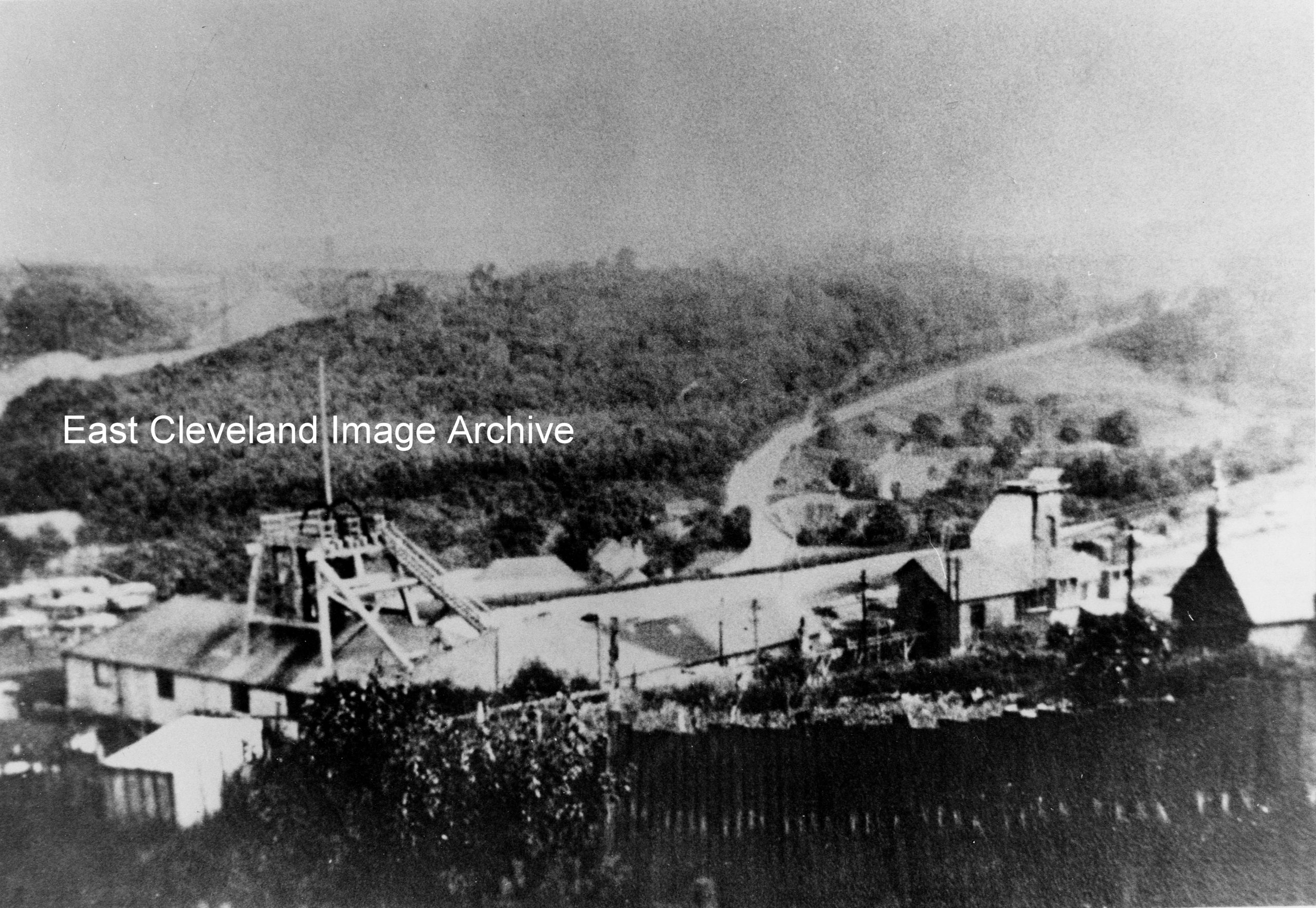 A different view of Duckhole pit taken from Carlin How. 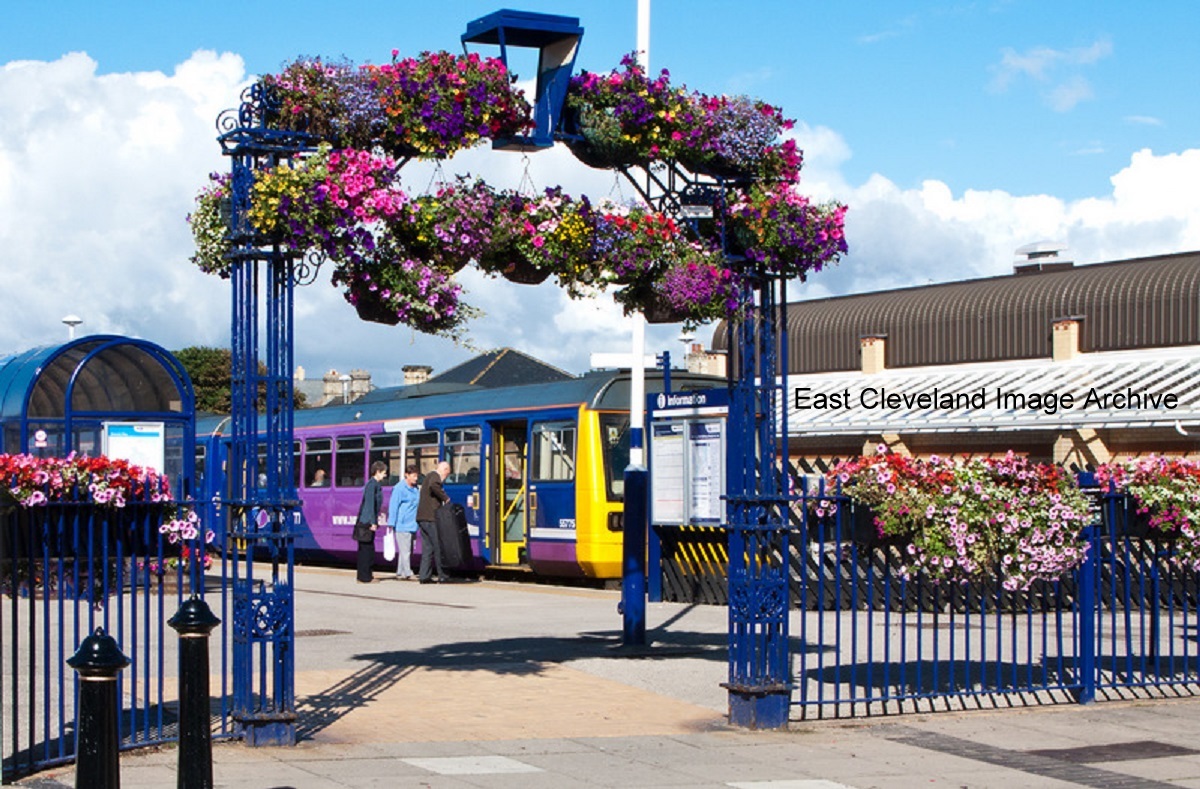 Yes I know this isn’t an old photograph, but it will be one day and you must admit it is beautiful and shows how the station has changed over the years. The floral display probably in support of Britain in Bloom, Saltburn having been a medal winner for several years. Image courtesy of Ray Brown.  This, I think, is when the Zetland Hotel was still a hotel and the lovely Victorian façade of the station, including the canopy was intact. Before expediency destroyed the excursion platform with its beautiful Victorian cupolas and when the station building was still a station building instead of a shopping arcade. Image courtesy of Russ Pigott. 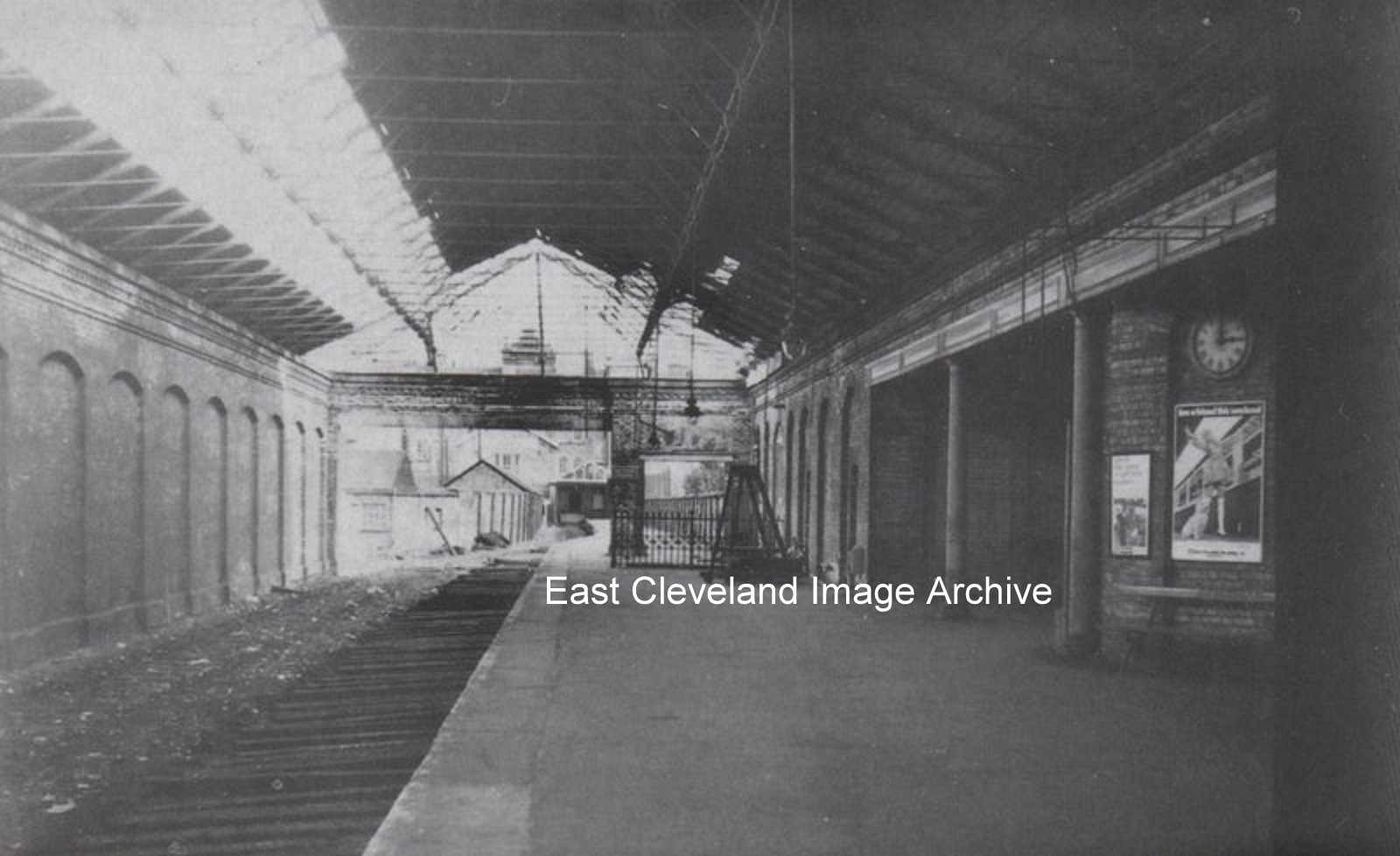 Looking towards the east at Saltburn Station, originally it was believed that the photograph dated from 1960; however Russ Pigott advised us: ”This picture is later than 1960 I would say about 1971-1973 The track into the trainshed was closed in 1970 and the sleepers are still present. Also the poster has a mark 2 Inter-City coach on it which were not introduced until 1966.” It was a lovely station as most of them were, what a pity such a lot of them were demolished. Image courtesy of several sources and thanks to Russ Pigott for the update. 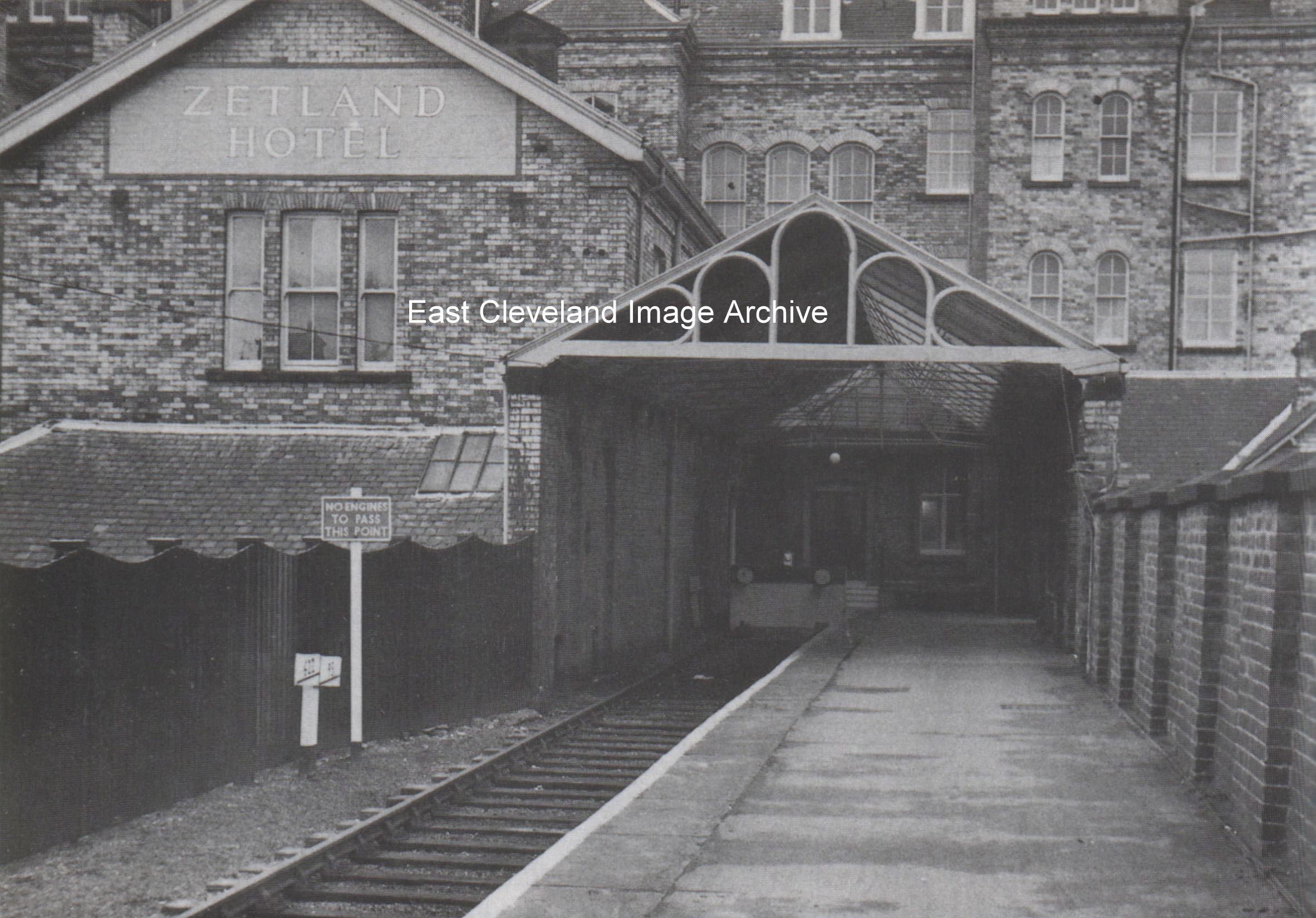 Yes another photograph of Saltburn station; this time looking towards the Zetland Hotel where the trains could pull right into the hotel. This was the ‘private entrance’ to the Hotel, originally personal guests of the Pease family and later celebrities could enter the hotel without being seen by the public. 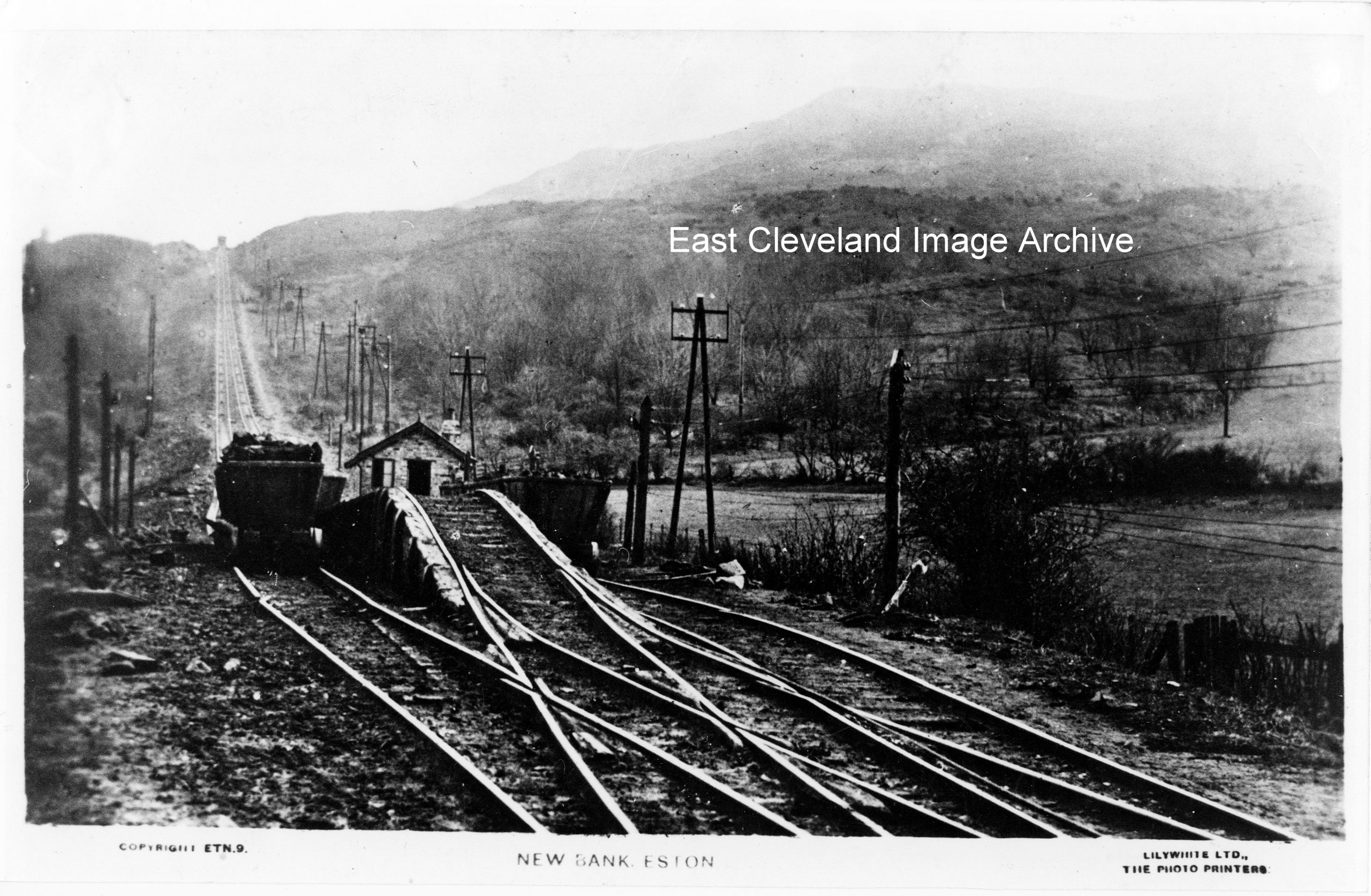 Eston New Bank (or California Bank as it was known to the locals) was one of the inclines used for transporting ironstone from the mines down to the ironworks. The view gives the impression of an incline similar to Ingleby Greenhow, being a form of cable railway system. Colin Draper confirmed it was New Bank; Dave Pearsall advised: “California (or Cally) Bank as it was known to the locals; the Parkway (A174) runs through it now. Craig Hornby added: “New Bank was always known by the locals in the mining era by everyone as New Bank. Cali Bank is more recent nickname from the 60s at the earliest I would say.” Peter Hannan tells us :”California Bank: I recently found what looks like one of those rollers that has the cables running over then on this picture, about that size, very well preserved as well.” Terry Husband recalls: “I used to sledge down the bank when I was kid in the 1950s what memories! My dad was born in the pit top houses; the houses on New Bank were set back to the left of the winch house that’s were my dad was born.” Image courtesy of Cleveland Ironstone Mining Museum (from a Lilywhites postcard); thanks to Colin Draper, Dave Pearsall, Peter Hannan, Craig Hornby and Terry Husband for that updates. 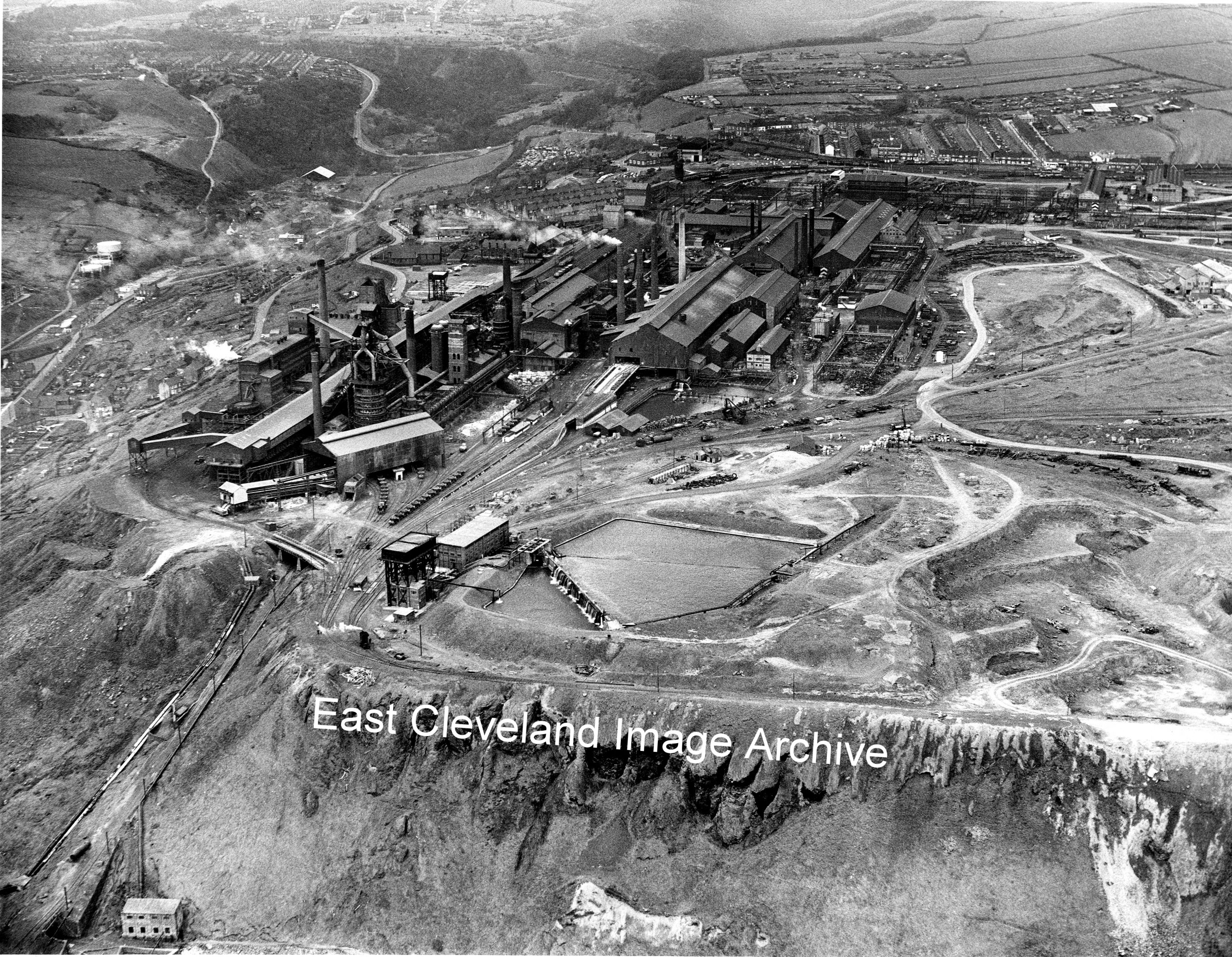 Yes I know we have some aerial photographs of the works ;but this one is lovely and clear you can even see the line going onto the jetty, it is suggested by Simon Chapman: “The sinter plant is working and the blast furnace still stands so I would suggest the picture was taken about 1967.” Image courtesy of Cleveland Mining Museum and thanks to Simon Chapman for the update. 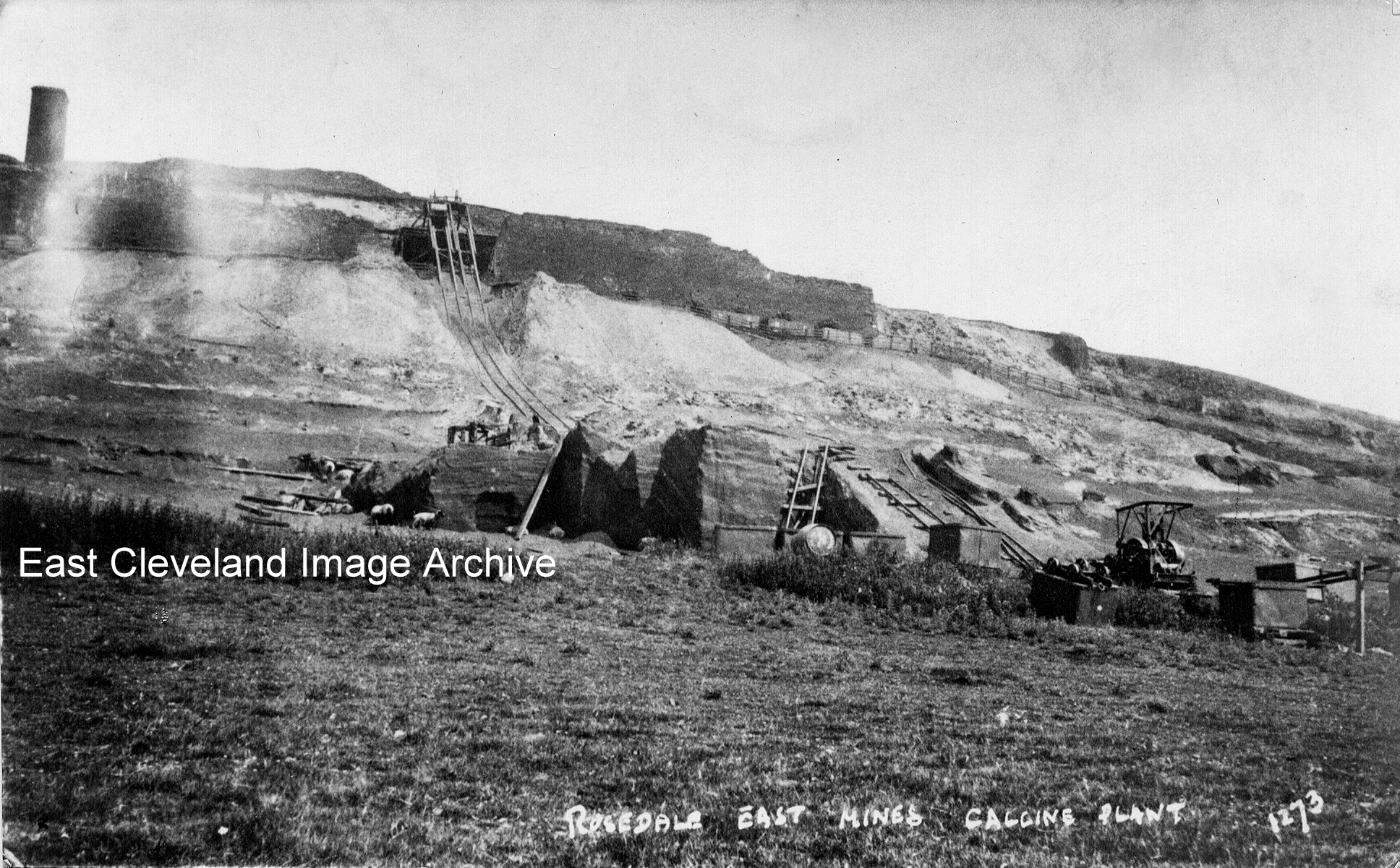 The calcining plant at Rosedale Mines. We are told by Simon Chapman: ”This is the plant installed in the 1920s to recover a mound of calcined ironstone dust tipped below the kilns at Rosedale. It had been dumped there in the past because it was unsuitable for smelting originally but later could be used because of improvements in metallurgy. Similar equipment was installed below the other kilns at Rosedale East but the dust mound in front of the West kilns still remains. Recovery of this material kept the railway open for a couple of years after the mines closed in 1926.” Image courtesy of Cleveland Ironstone Mining Museum and thanks to Simon Chapman for the information. |
||
Recent Comments